
An easy way to identify types of trees is by looking at tree bark! To identify a tree, look at the color and surface texture of its bark. Learn about different species of bark below and how to do a tree-bark rubbing.
How to Identify Trees by Bark Characteristics
- Beech bark is light gray with a smooth surface.
- Cherry bark is shiny and brown or gray colored with reddish-brown deep grooves that resemble tiger stripes.
- Aspen bark is green-white as a result of its chlorophyll, and it has dark, diamond-shaped openings.
- Silver birch bark is shiny with a white, paper-like outer layer that easily peels off the trunk.
- Hickory bark is gray and flaky with ridges in its texture.
- Scotch pine bark is typically thick and grayish or reddish around the base of the tree, gradually becoming more orange and flaky toward the top.
- Ash bark is smooth and pale gray in saplings, and mature trees have diamond shapes.
- Oak bark can be light gray to near black. It has deep fissures and ridges, giving it a scaly look.
- Sycamore bark is thin and flaky. It looks like camouflage because of its mottled appearance.
- Sequoia bark varies based on the tree’s age. It begins as a gray (even purplish) color and then becomes a reddish-brown color as the tree ages. The bark is soft and has long, vertical plates.
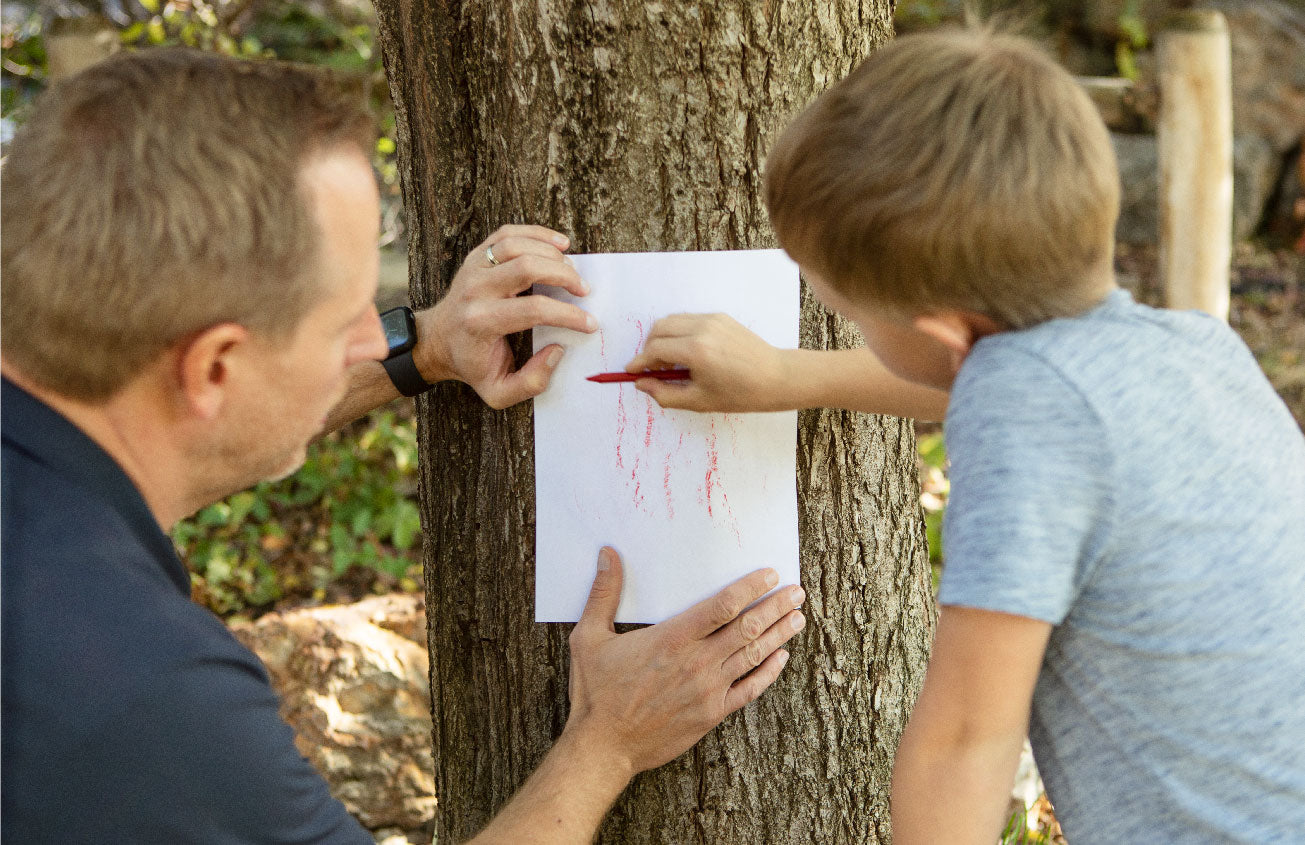
Tree Bark Rubbing
Bark rubbing is a fun and simple activity that reveals the textures and patterns of a tree's surface. As children complete this activity, they will see the detailed characteristics of the tree’s bark, such as grooves and ridges.
It’s fun to connect with nature while experiencing a new art technique!
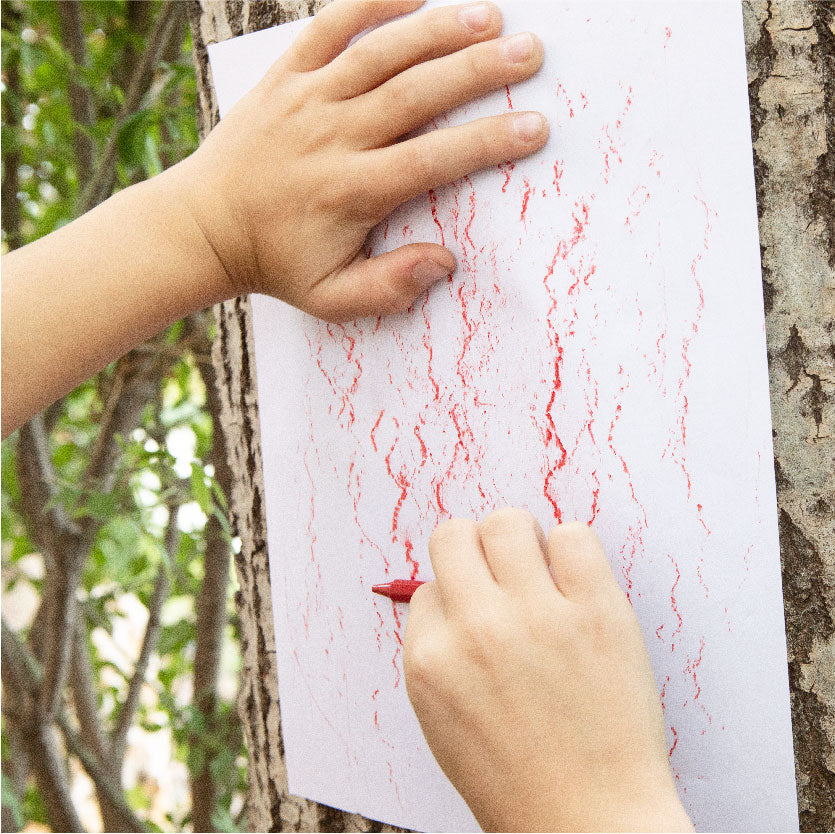
Supplies
- Crayons with the paper peeled off (jumbo sized works best for small hands)
- Copy paper
- Pushpins or tape (optional)
Procedure
- Hold, pin, or tape a piece of paper against the bark of a tree.
- Use the side of the crayon, not the tip, to rub over the paper.
- Repeat this process with different parts of the same tree trunk or with additional trees.
Discuss Your Findings
- What stands out to you, or what do you notice in your tree rubbings?
- How are the barks similar or different?
- Does the bark appear smooth or rough?
- Did you get different patterns and textures from the same tree, or did the pattern remain the same?
-
Purchase Here
This blog post is part of our Science for Little Hearts and Hands Fields and Flowers course.
-
Click Here for FREE Download
Don’t forget to download our tree bark poster and fun matching game—they’re perfect to take with you as you explore the many amazing trees in our world!
-
In the Birds homeschool science unit from The Good and the Beautiful, families delve into ornithology, the study of birds. The final lesson includes a Bird Bingo game that is beautiful, fun, and easy for children of all ages to play.
-
Introduce your youngest learners to the exciting, diverse world of animals that burrow, hunt, nest, fly, swim, and more in this thoughtfully designed course. Including engaging stories, hands-on activities, and interactive audio narrations, the fun and simple lessons in Science for Little Hearts and Hands: Nests and Burrows are a gentle introduction to animals and their habitats for your children in preschool to second grade.
You may also like . . .
Related Posts
-
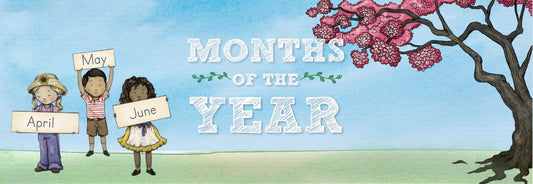
Months of the Year
Learning the months of the year is easy with this adorable "Months of the Year" song that takes children through the changing seasons. Keep reading for fun activities to do...
Months of the Year
Learning the months of the year is easy with this adorable "Months of the Year" song that takes children through the changing seasons. Keep reading for fun activities to do...
Read more Months of the Year -
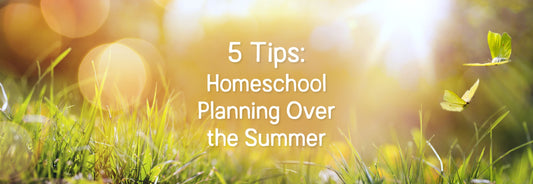
Top 5 Tips for Homeschool Planning
Summer is the perfect time to plan ahead! In this blog post and short video, Jenny Phillips shares her top five tips for simple, yet effective planning for the next...
Top 5 Tips for Homeschool Planning
Summer is the perfect time to plan ahead! In this blog post and short video, Jenny Phillips shares her top five tips for simple, yet effective planning for the next...
Read more Top 5 Tips for Homeschool Planning -

Tips for Managing Summer Screen Time
It’s easy for screens to consume your child's time, especially during the summer months. Jenny Phillips addresses this all-too-common dilemma facing families today. Find practical screen-free tips on how to...
Tips for Managing Summer Screen Time
It’s easy for screens to consume your child's time, especially during the summer months. Jenny Phillips addresses this all-too-common dilemma facing families today. Find practical screen-free tips on how to...
Read more Tips for Managing Summer Screen Time -
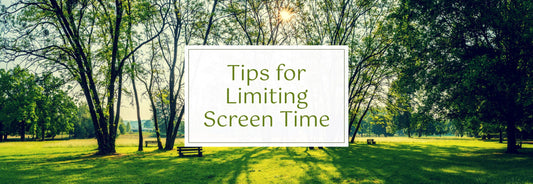 2 comments
2 commentsTips for Limiting Screen Time
Technology brings a wealth of information to our fingertips, but overuse of screen time has become an issue for many families. Jenny Phillips shares her family’s journey to limiting screen...
2 commentsTips for Limiting Screen Time
Technology brings a wealth of information to our fingertips, but overuse of screen time has become an issue for many families. Jenny Phillips shares her family’s journey to limiting screen...
Read more Tips for Limiting Screen Time -
 1 comment
1 commentHomeschooling Year-Round vs Traditional
Is a traditional or year-round homeschool schedule best for your family? Watch this video from The Good and the Beautiful YouTube channel to find out some benefits and drawbacks of...
1 commentHomeschooling Year-Round vs Traditional
Is a traditional or year-round homeschool schedule best for your family? Watch this video from The Good and the Beautiful YouTube channel to find out some benefits and drawbacks of...
Read more Homeschooling Year-Round vs Traditional -
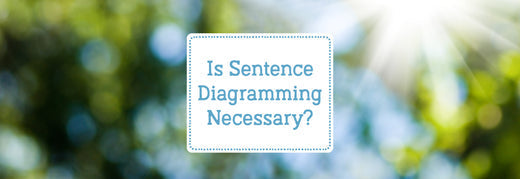
Is Sentence Diagramming Necessary for Learning ...
Sentence diagramming can be a grammar exercise students either love or run from. Sit down with Jenny Phillips in this video and blog post as she discusses how and why...
Is Sentence Diagramming Necessary for Learning ...
Sentence diagramming can be a grammar exercise students either love or run from. Sit down with Jenny Phillips in this video and blog post as she discusses how and why...
Read more Is Sentence Diagramming Necessary for Learning Grammar? -
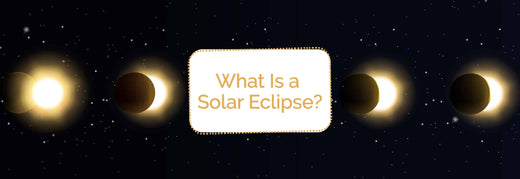
What Is a Solar Eclipse?
Witnessing a total solar eclipse is a once-in-a-lifetime experience for most. Learn all about total solar eclipses and how to safely view one. Then download directions for a fun solar...
What Is a Solar Eclipse?
Witnessing a total solar eclipse is a once-in-a-lifetime experience for most. Learn all about total solar eclipses and how to safely view one. Then download directions for a fun solar...
Read more What Is a Solar Eclipse? -
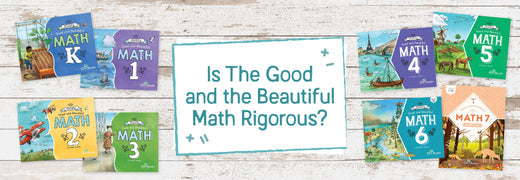
Is The Good and the Beautiful Math Rigorous?
What is rigor in mathematics, and is Simply Good and Beautiful Math rigorous enough? A rigorous homeschool math course teaches more than just memorization of facts and steps. Keep reading...
Is The Good and the Beautiful Math Rigorous?
What is rigor in mathematics, and is Simply Good and Beautiful Math rigorous enough? A rigorous homeschool math course teaches more than just memorization of facts and steps. Keep reading...
Read more Is The Good and the Beautiful Math Rigorous? -
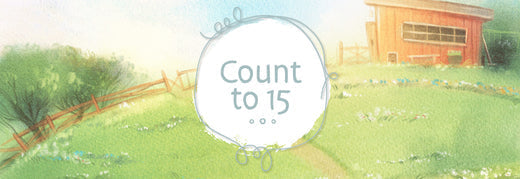
Count to 15
Teach children how to count to 15 through music and illustration with our delightful video on The Good and the Beautiful Kids Channel on YouTube. Then keep reading for more...
Count to 15
Teach children how to count to 15 through music and illustration with our delightful video on The Good and the Beautiful Kids Channel on YouTube. Then keep reading for more...
Read more Count to 15 -
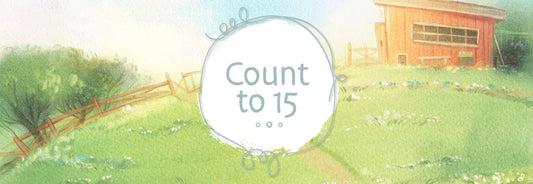
Count By 15
Teach children how to count to 15 through music and illustration with our delightful video on The Good and the Beautiful Kids Channel on YouTube. Then keep reading for more...
Count By 15
Teach children how to count to 15 through music and illustration with our delightful video on The Good and the Beautiful Kids Channel on YouTube. Then keep reading for more...
Read more Count By 15 -
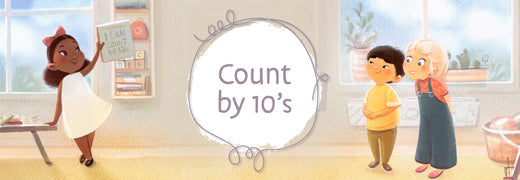
Count by 10's
Counting by 10's is an easy pattern to introduce to children once they have mastered counting by 1's. Print the free download. Then sing along with the children in this...
Count by 10's
Counting by 10's is an easy pattern to introduce to children once they have mastered counting by 1's. Print the free download. Then sing along with the children in this...
Read more Count by 10's -

The Good and the Beautiful Science: What It’s A...
Science is an important part of any homeschool education, but our team believes homeschool science curriculum should be fun and inspiring too! Our best-selling science units make science exciting to...
The Good and the Beautiful Science: What It’s A...
Science is an important part of any homeschool education, but our team believes homeschool science curriculum should be fun and inspiring too! Our best-selling science units make science exciting to...
Read more The Good and the Beautiful Science: What It’s All About -
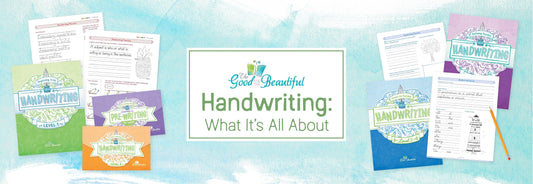
The Good and the Beautiful Handwriting: What It...
The Good and the Beautiful’s award-winning handwriting curriculum was named the most popular among homeschool families every year since 2022! When you open one of our handwriting books, you immediately notice The Good...
The Good and the Beautiful Handwriting: What It...
The Good and the Beautiful’s award-winning handwriting curriculum was named the most popular among homeschool families every year since 2022! When you open one of our handwriting books, you immediately notice The Good...
Read more The Good and the Beautiful Handwriting: What It's All About -
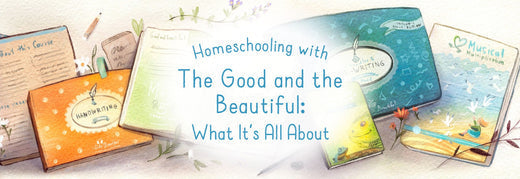 1 comment
1 commentHomeschooling with The Good and the Beautiful: ...
Once there was a homeschool mom who loved books and nature and God. She created her dream language arts curriculum for her own kids. And then she shared it for...
1 commentHomeschooling with The Good and the Beautiful: ...
Once there was a homeschool mom who loved books and nature and God. She created her dream language arts curriculum for her own kids. And then she shared it for...
Read more Homeschooling with The Good and the Beautiful: What It’s All About -
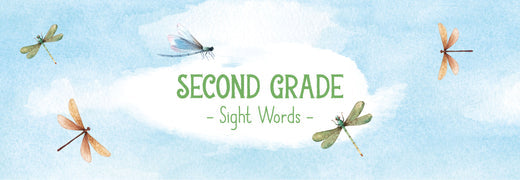
Second Grade Sight Words
Master second grade sight words! Download a free list of sight words used in The Good and the Beautiful Level 2 Language Arts and some fun sight word games for practice.
Second Grade Sight Words
Master second grade sight words! Download a free list of sight words used in The Good and the Beautiful Level 2 Language Arts and some fun sight word games for practice.
Read more Second Grade Sight Words -
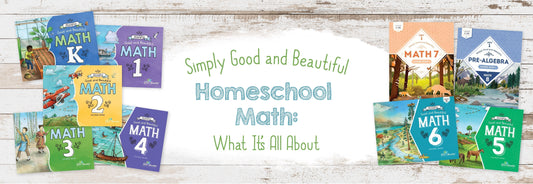
Simply Good and Beautiful Math: What It's All A...
What is Simply Good and Beautiful Math? How does it work, and what makes it different from other homeschool math curriculums? Get answers to these questions and more in an overview...
Simply Good and Beautiful Math: What It's All A...
What is Simply Good and Beautiful Math? How does it work, and what makes it different from other homeschool math curriculums? Get answers to these questions and more in an overview...
Read more Simply Good and Beautiful Math: What It's All About -
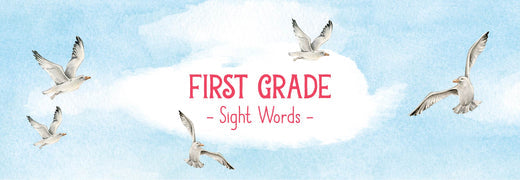
First Grade Sight Words
Learning phonics and decoding is vital for a first-grade reader. First graders benefit from learning a short list of words by sight as well. The most useful first-grade sight words...
First Grade Sight Words
Learning phonics and decoding is vital for a first-grade reader. First graders benefit from learning a short list of words by sight as well. The most useful first-grade sight words...
Read more First Grade Sight Words -

4th of July Coloring Pages
Free Printable 4th of July Coloring Pages! Enjoy these beautiful illustrations made into patriotic 4th of July coloring pages, available only from The Good and the Beautiful. Keep reading...
4th of July Coloring Pages
Free Printable 4th of July Coloring Pages! Enjoy these beautiful illustrations made into patriotic 4th of July coloring pages, available only from The Good and the Beautiful. Keep reading...
Read more 4th of July Coloring Pages -
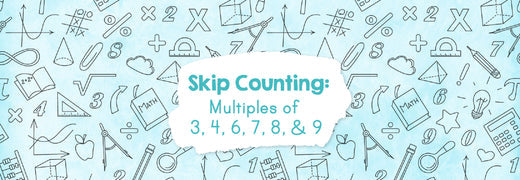
Skip Counting: Multiples of 3, 4, 6, 7, 8, and 9
Skip counting is an important foundation for understanding and learning multiplication! Children easily learn the multiples of 2, 5, and 10 first, but the multiples of 3, 4, 6, 7,...
Skip Counting: Multiples of 3, 4, 6, 7, 8, and 9
Skip counting is an important foundation for understanding and learning multiplication! Children easily learn the multiples of 2, 5, and 10 first, but the multiples of 3, 4, 6, 7,...
Read more Skip Counting: Multiples of 3, 4, 6, 7, 8, and 9

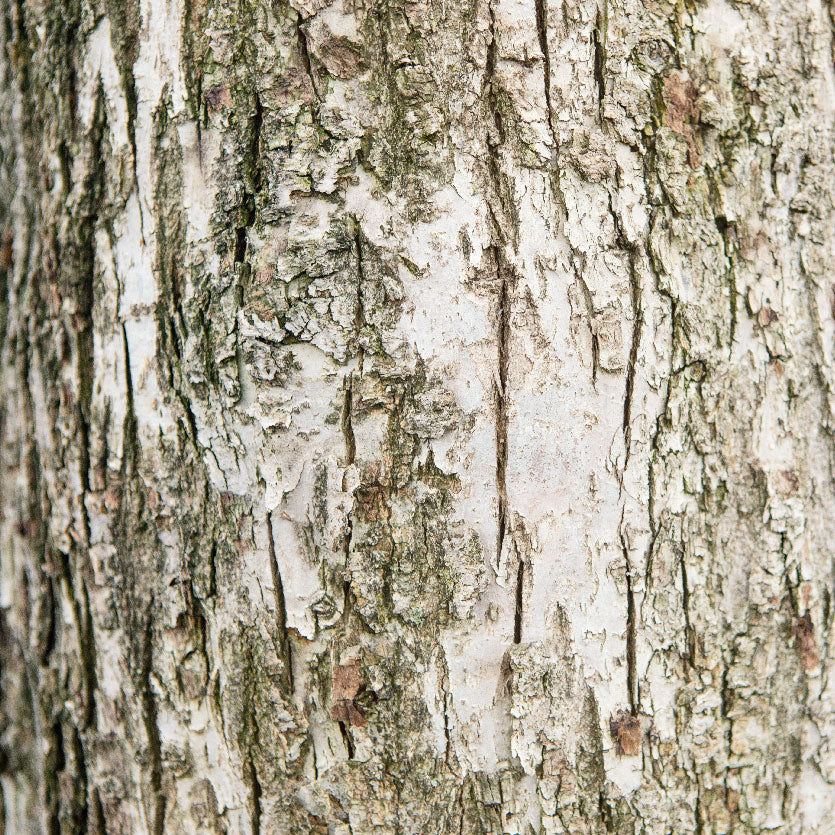
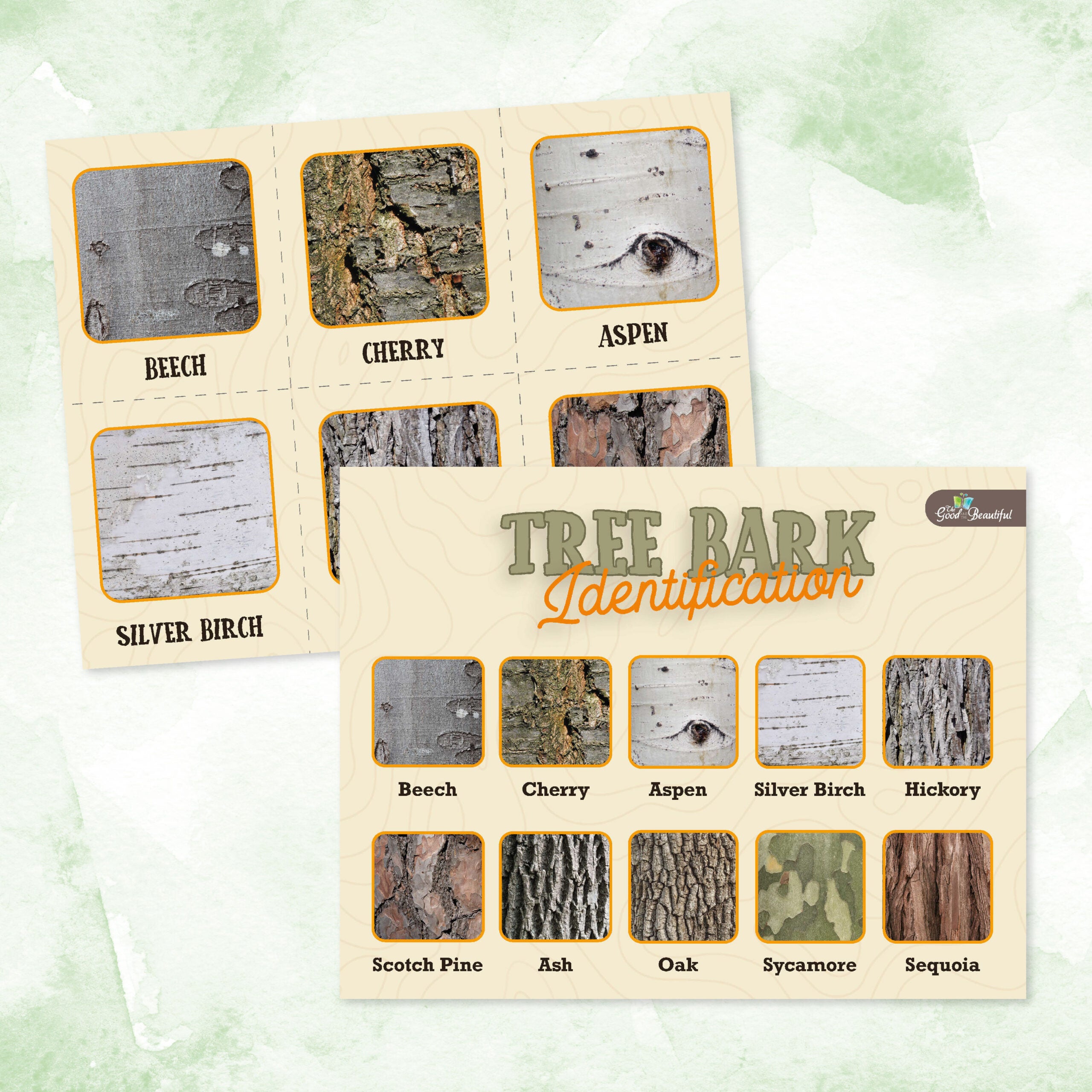
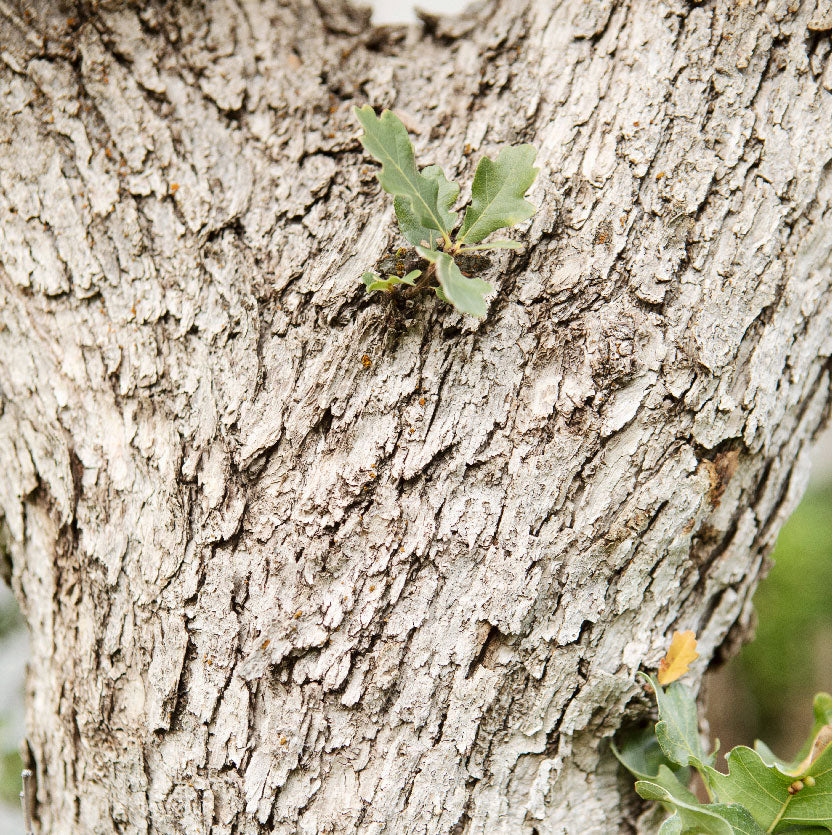
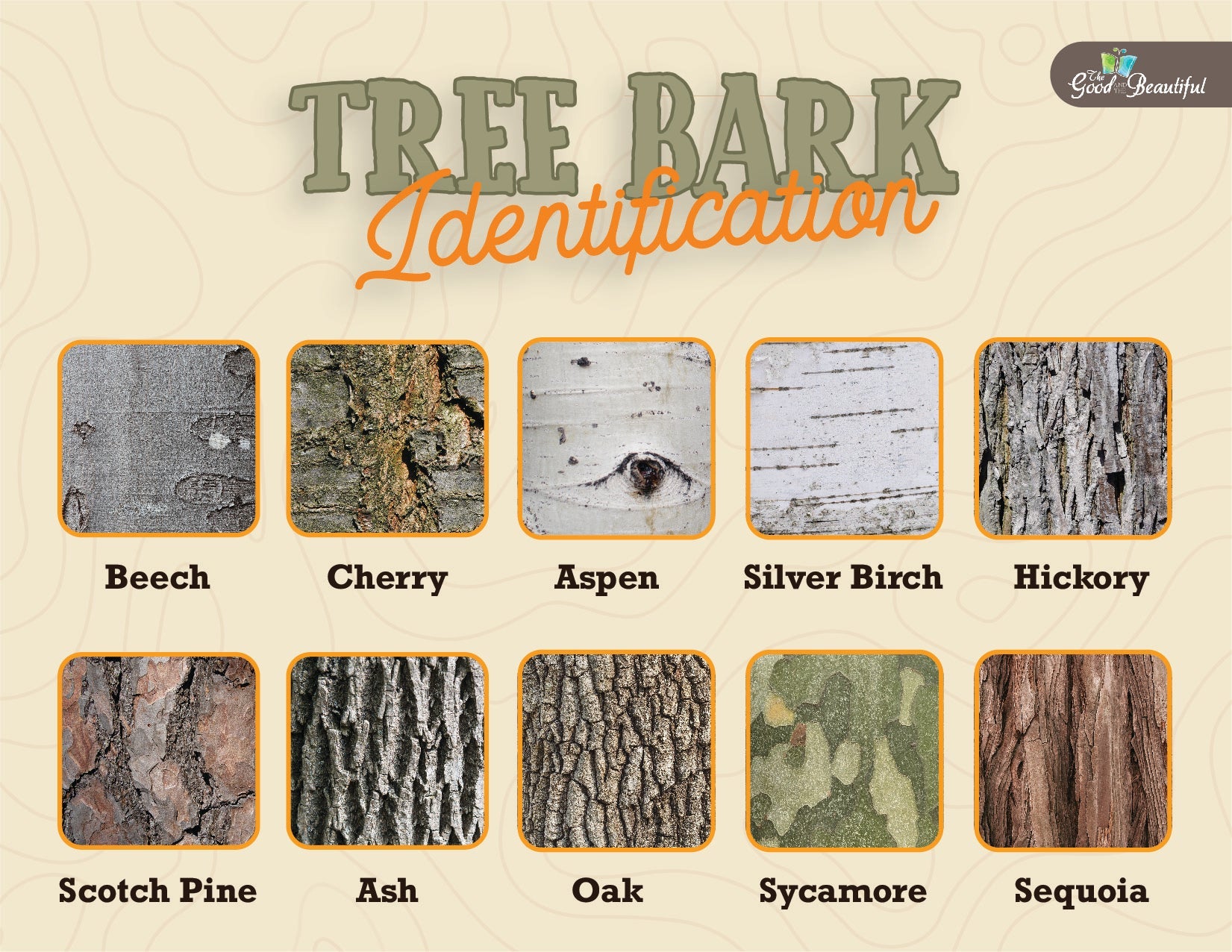
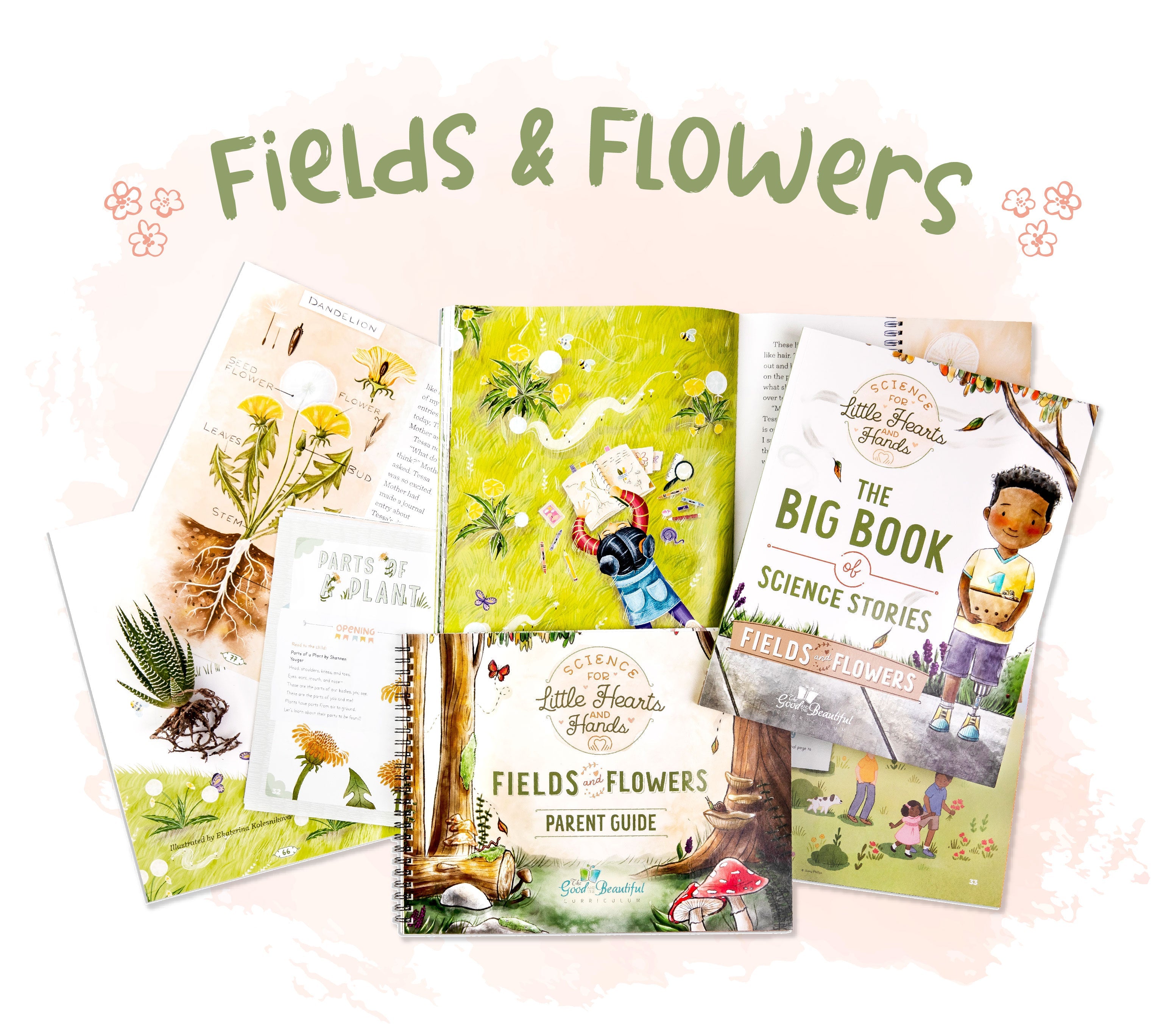
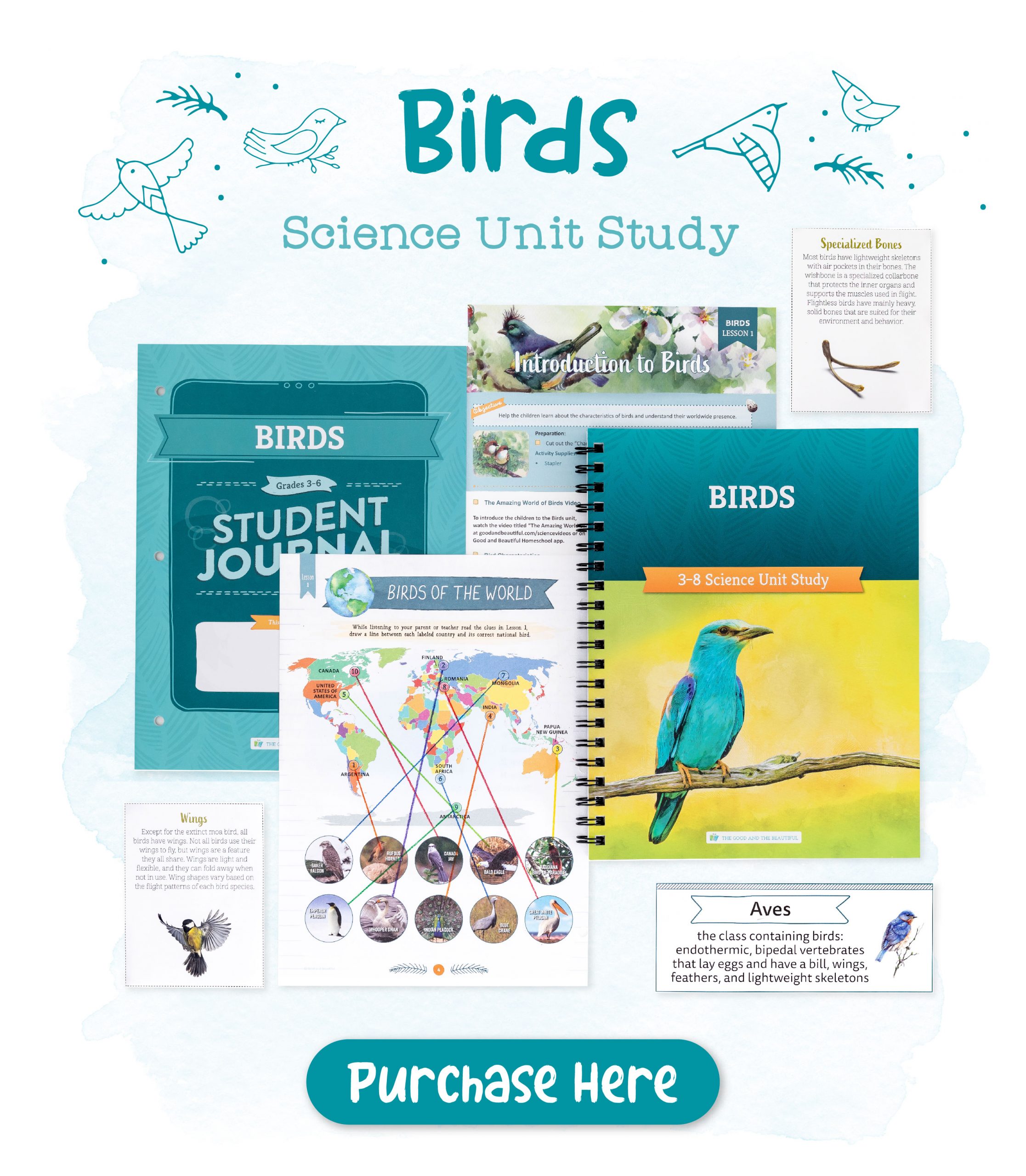
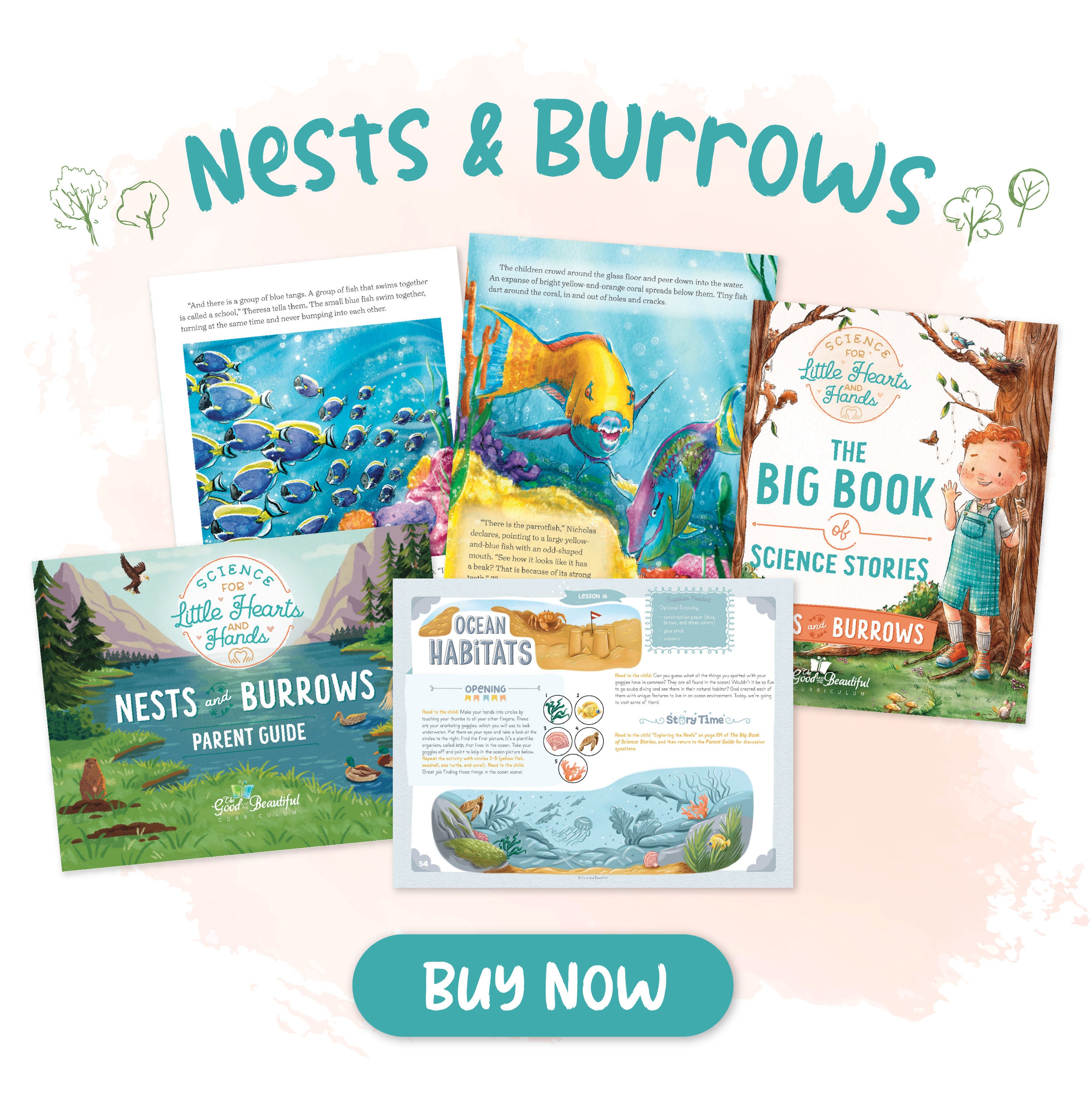
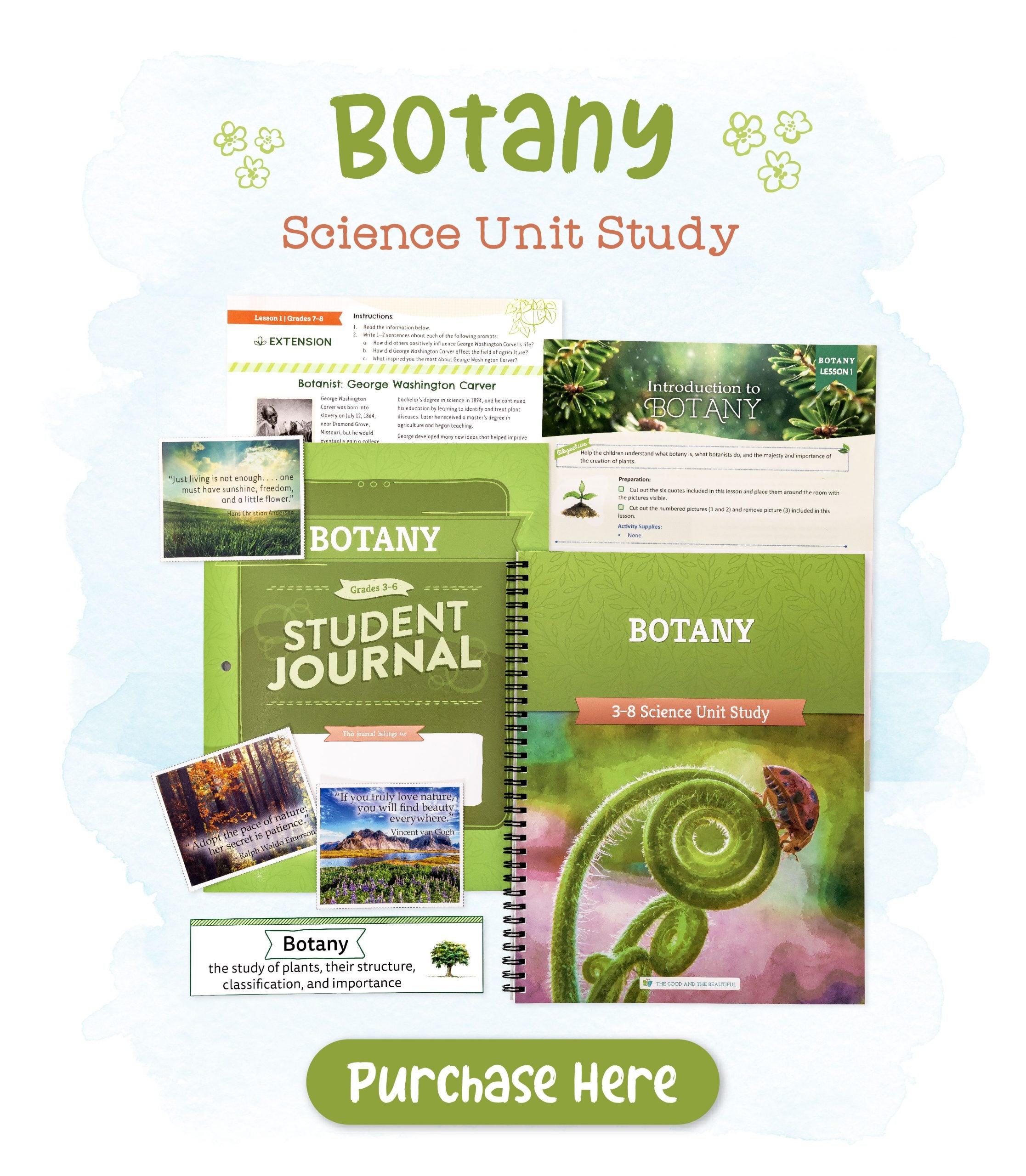
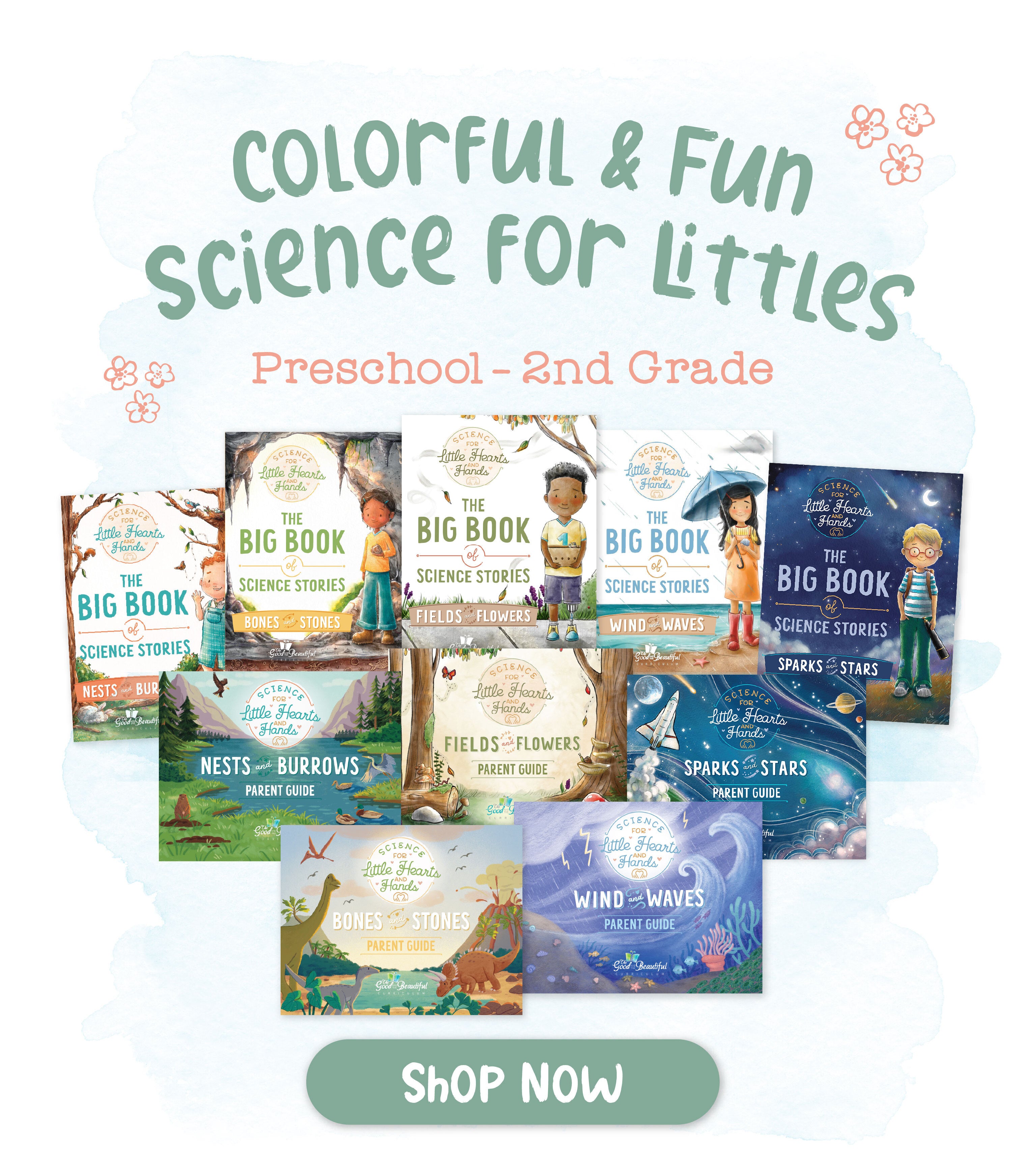
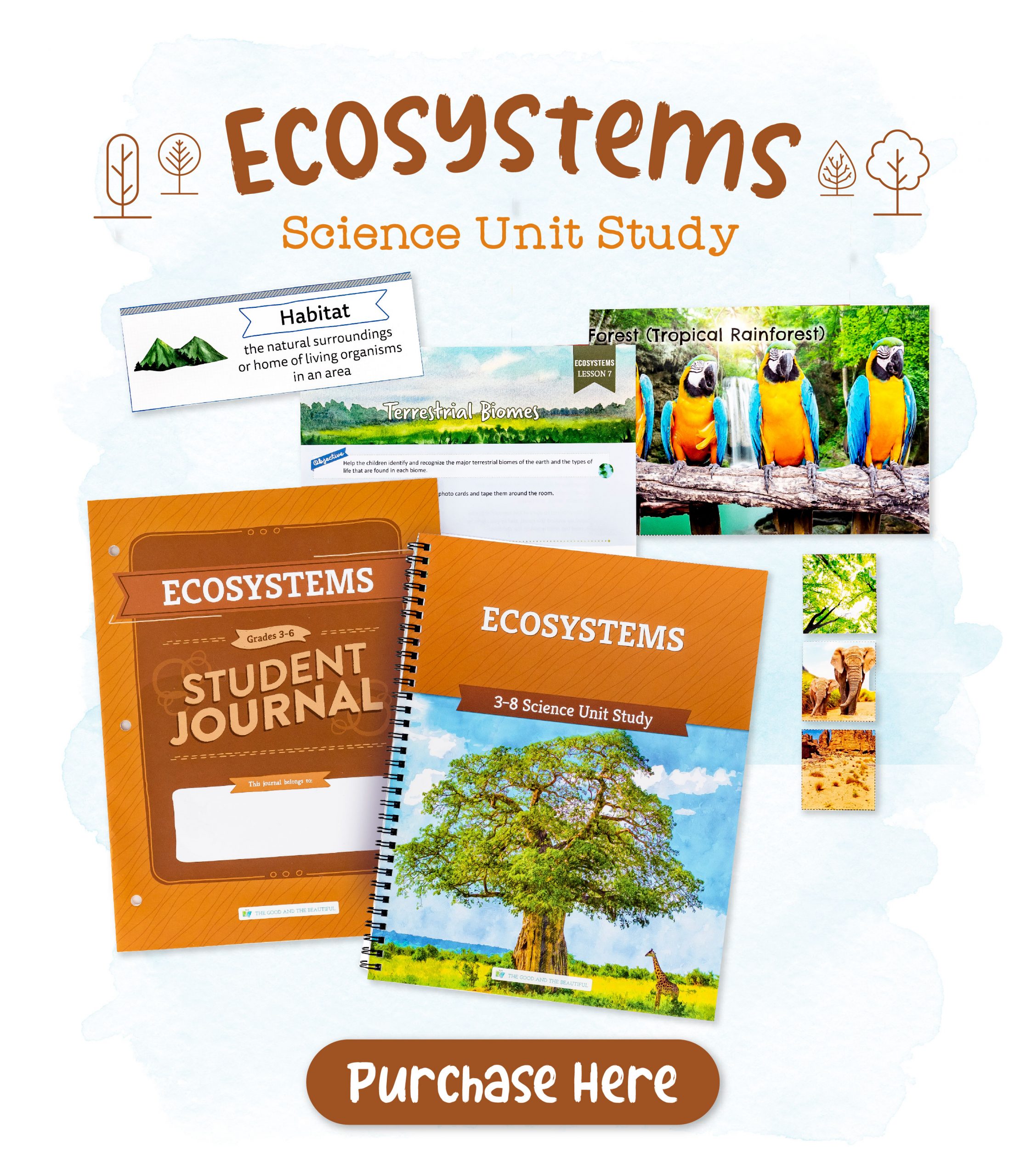




















1 comment
I love this!!!!!